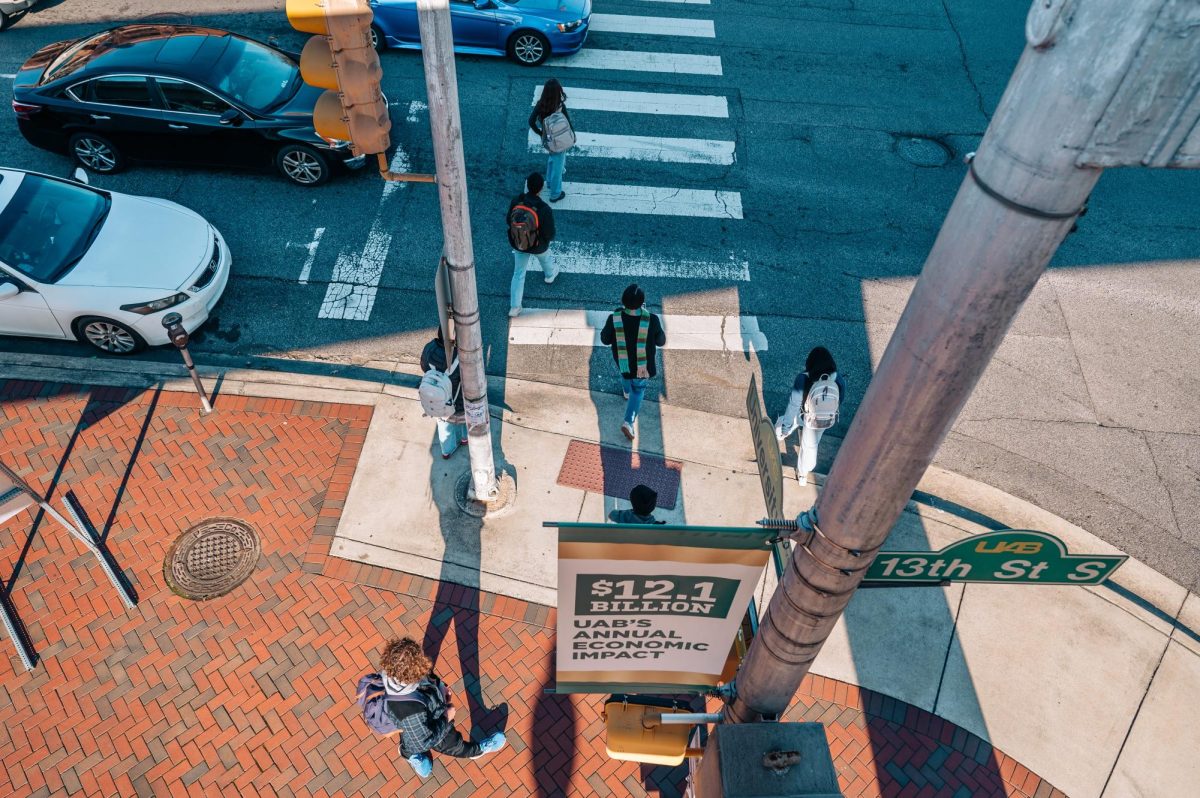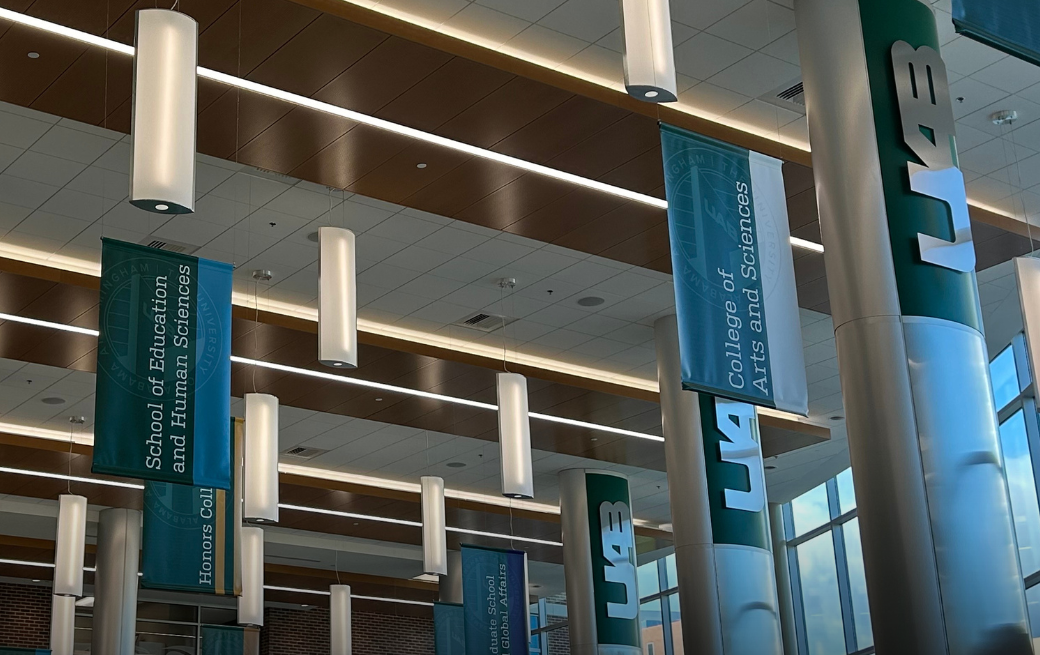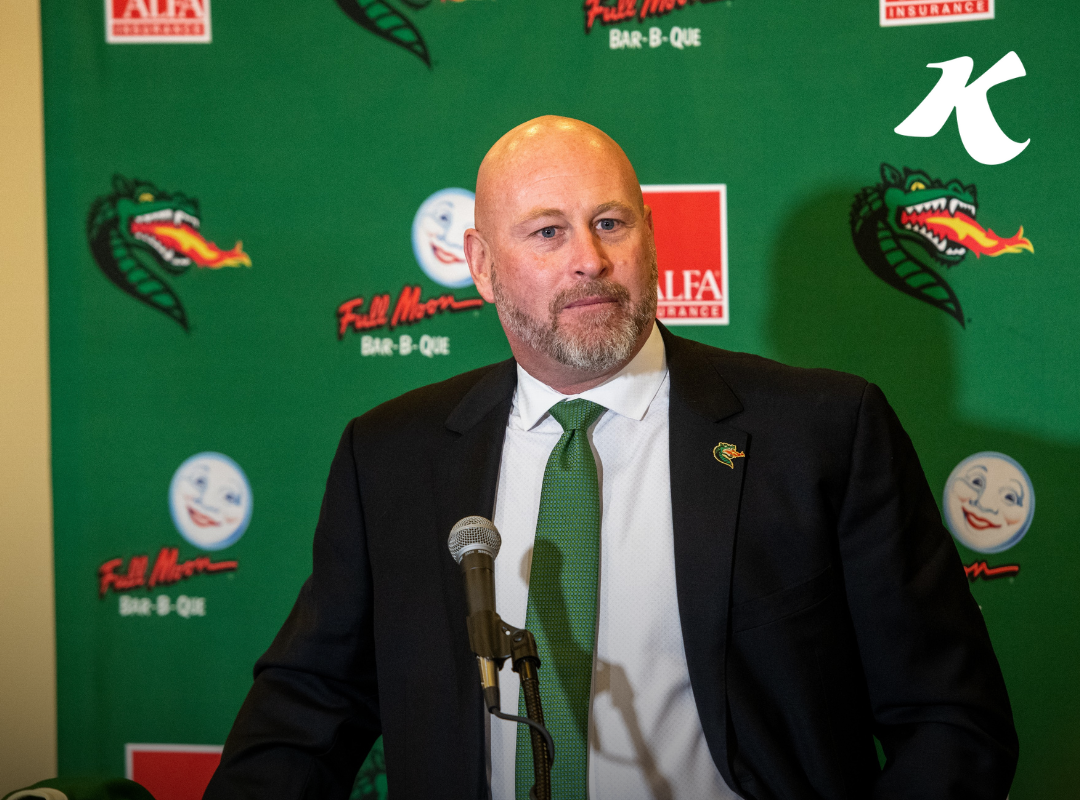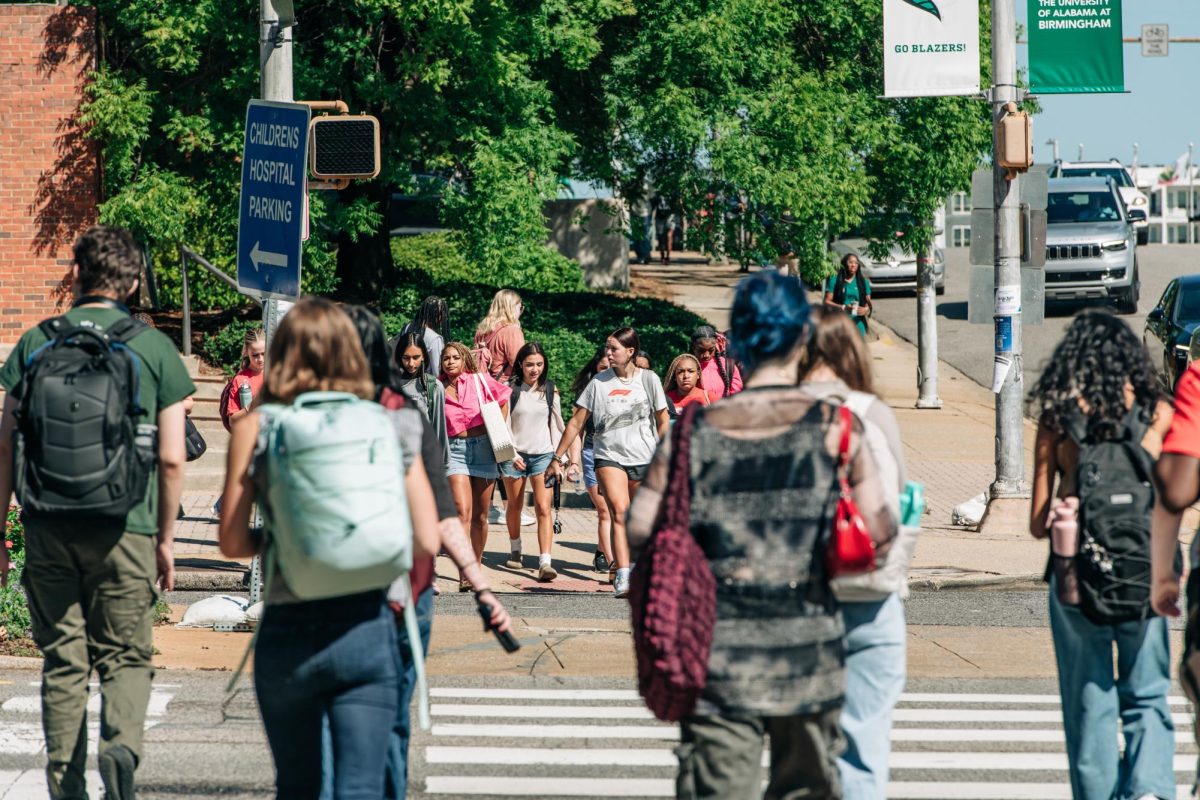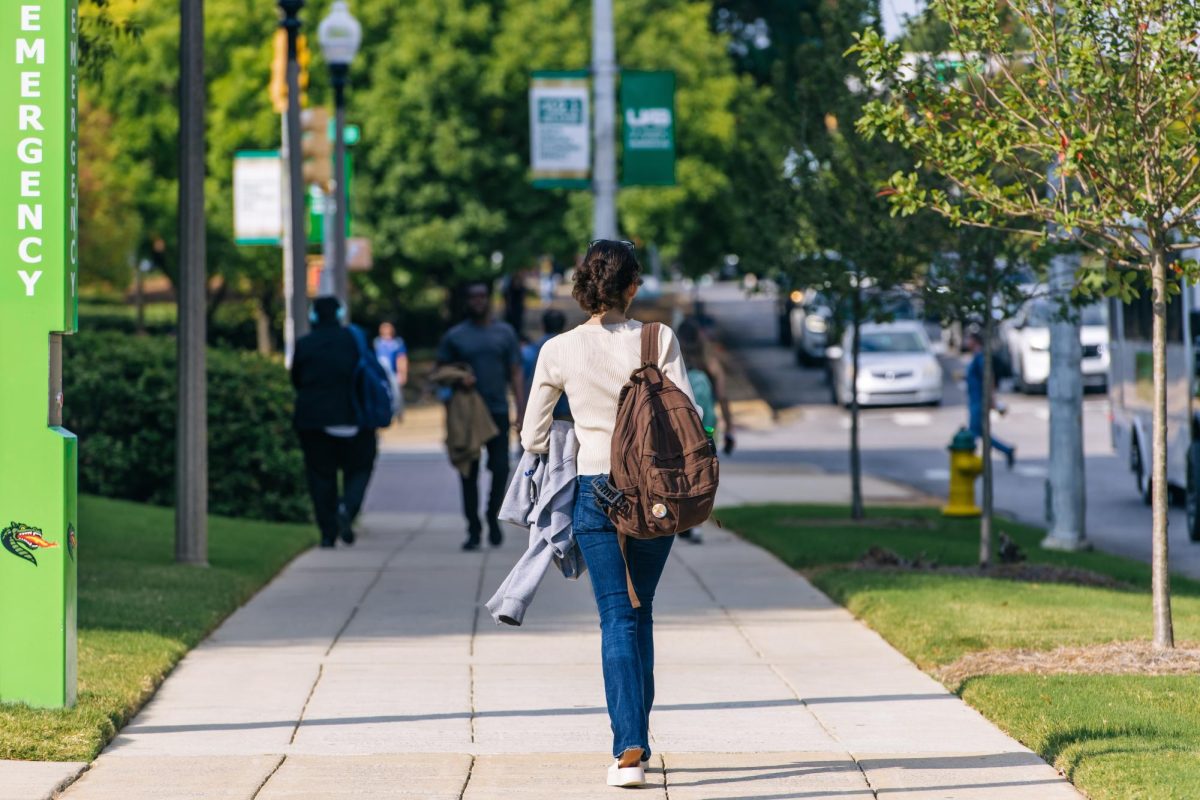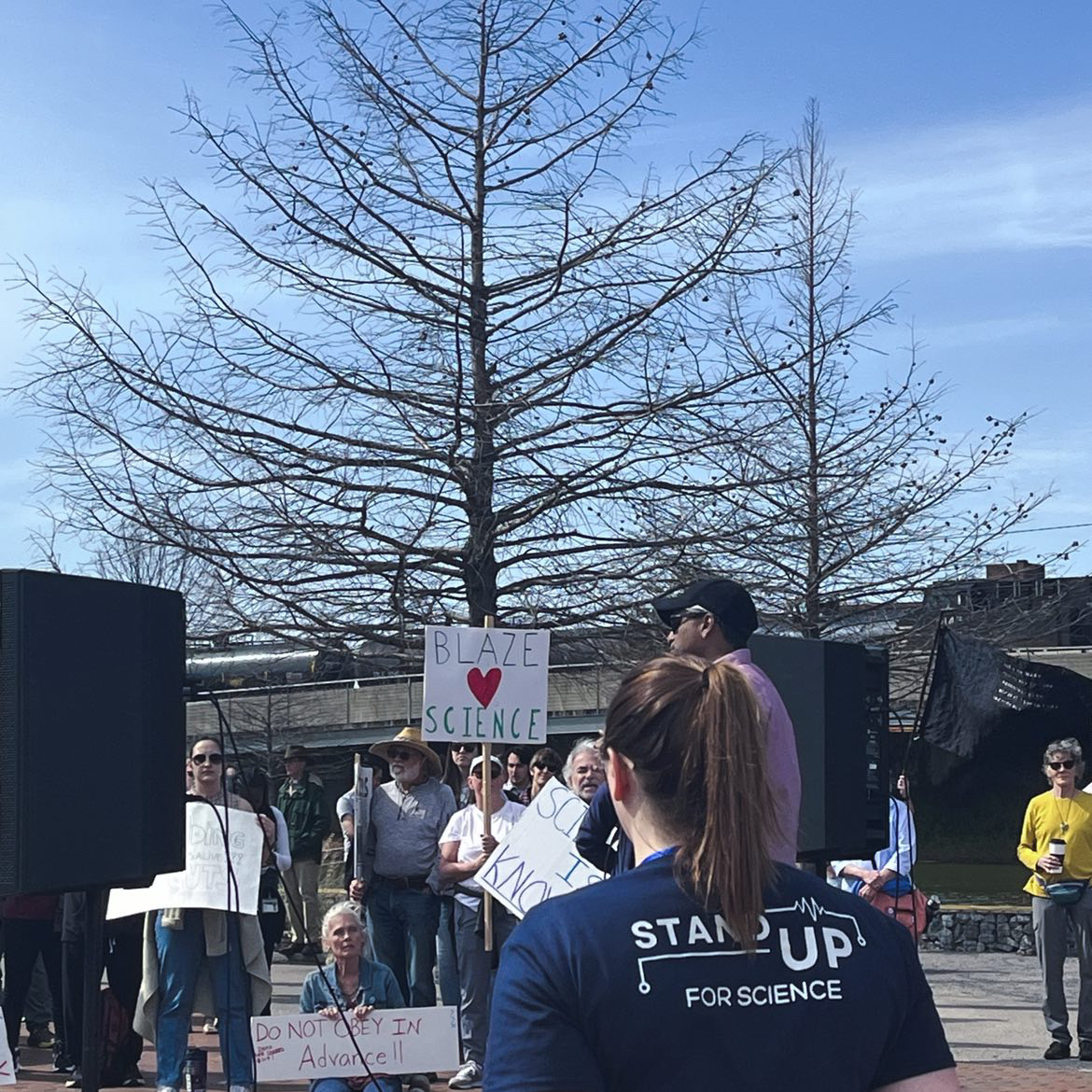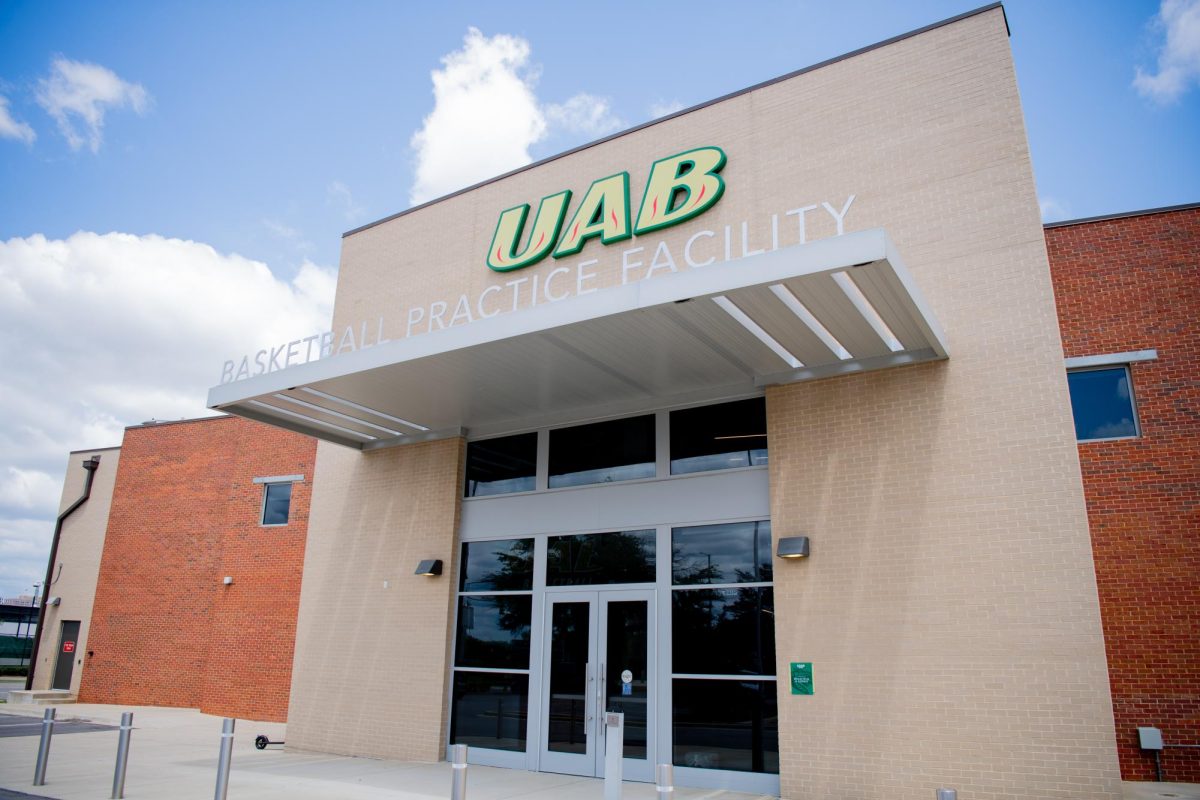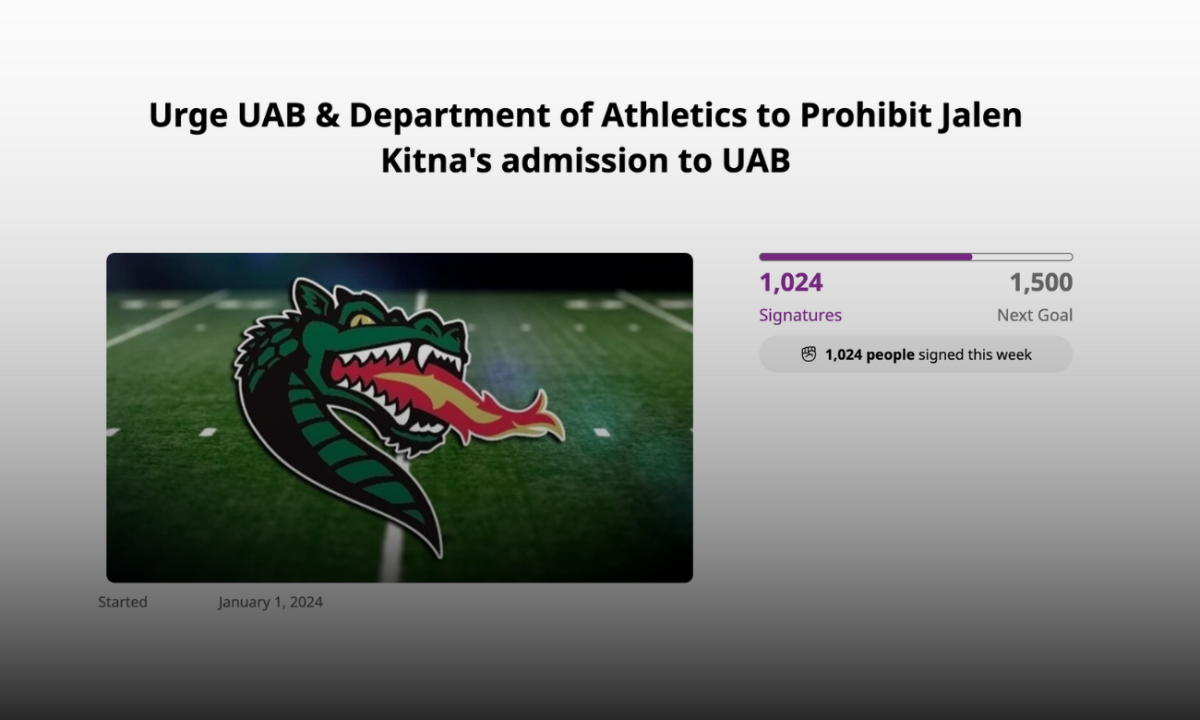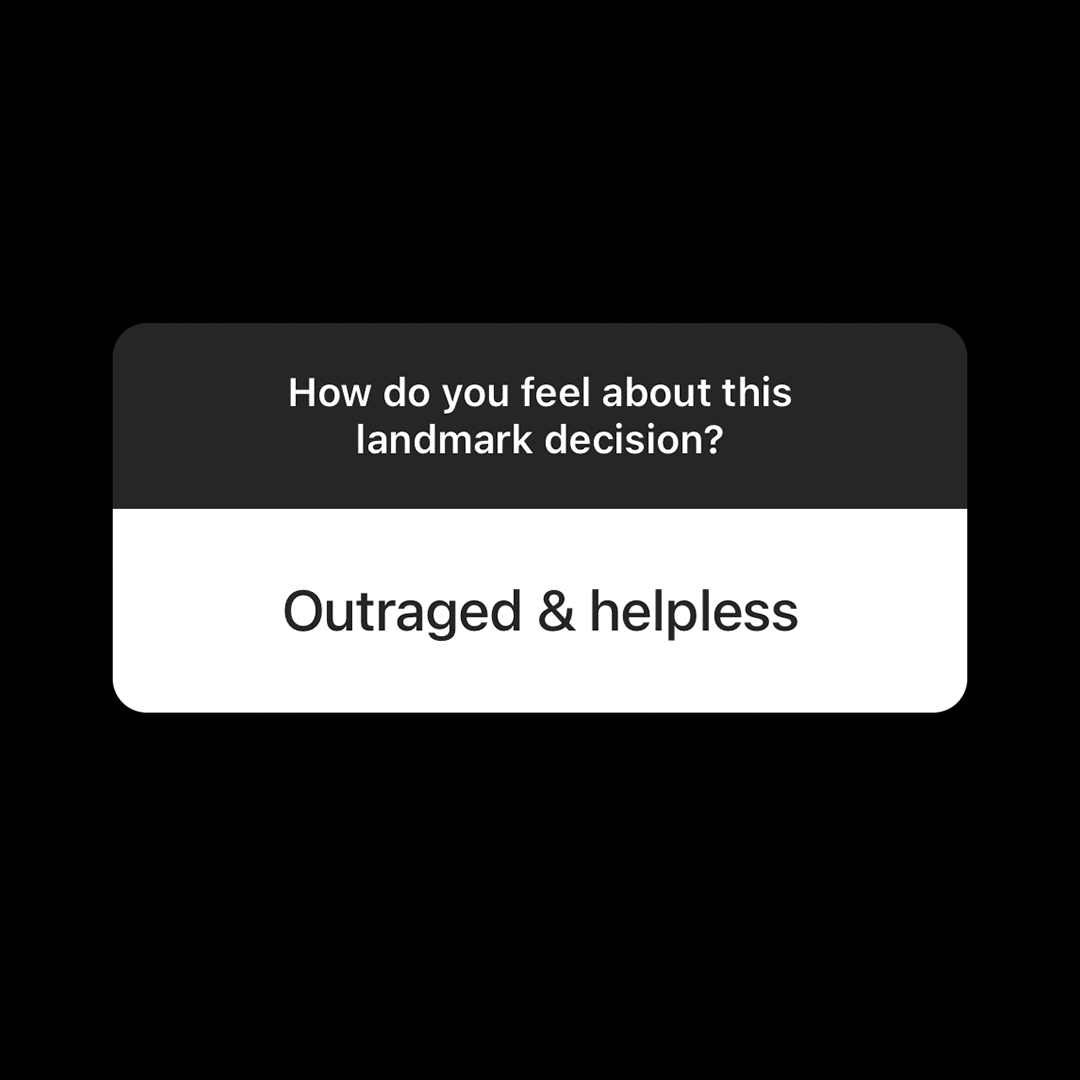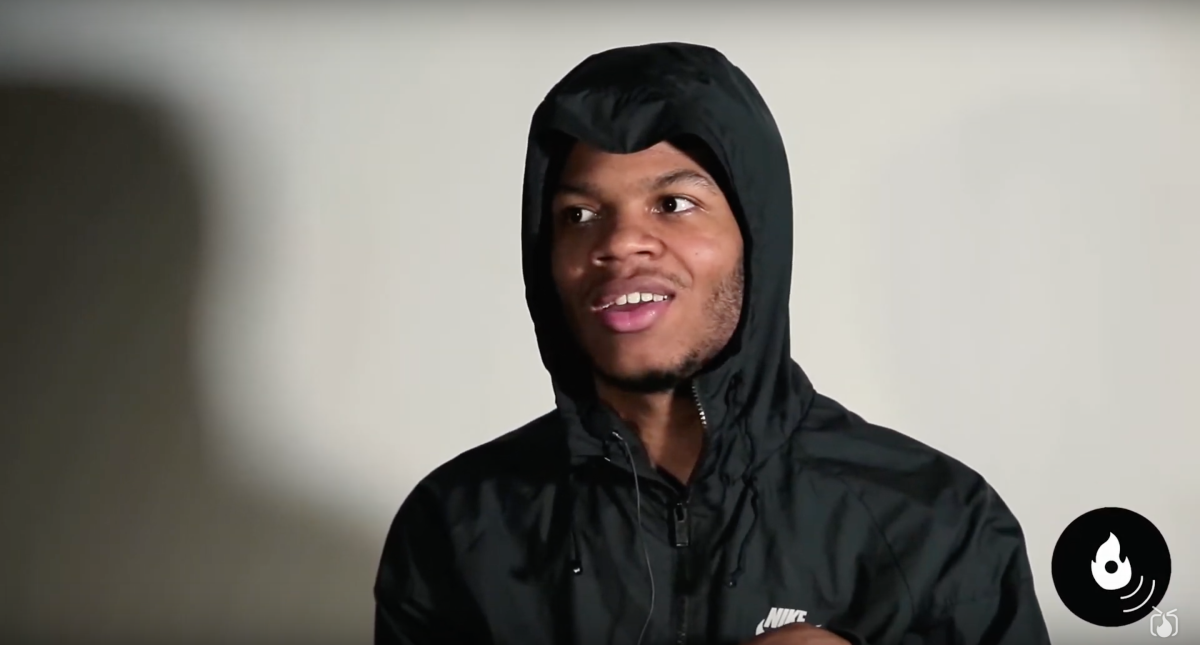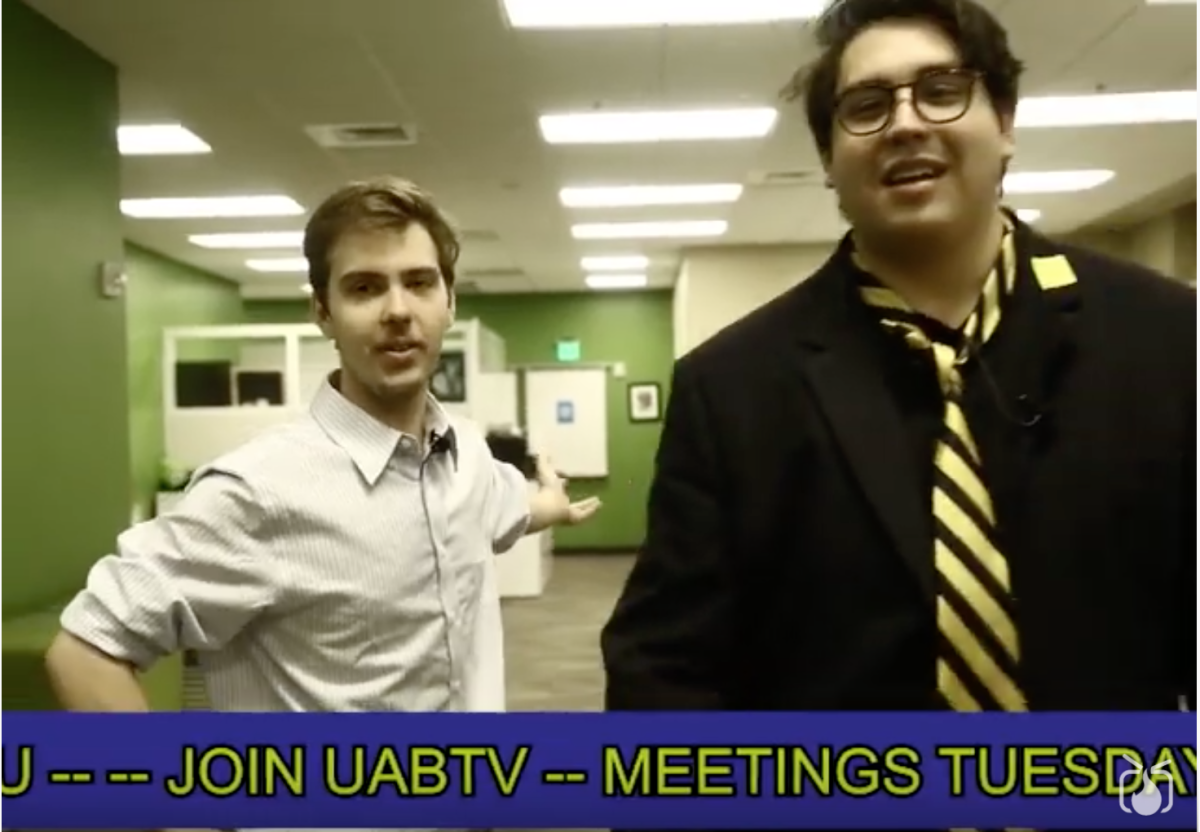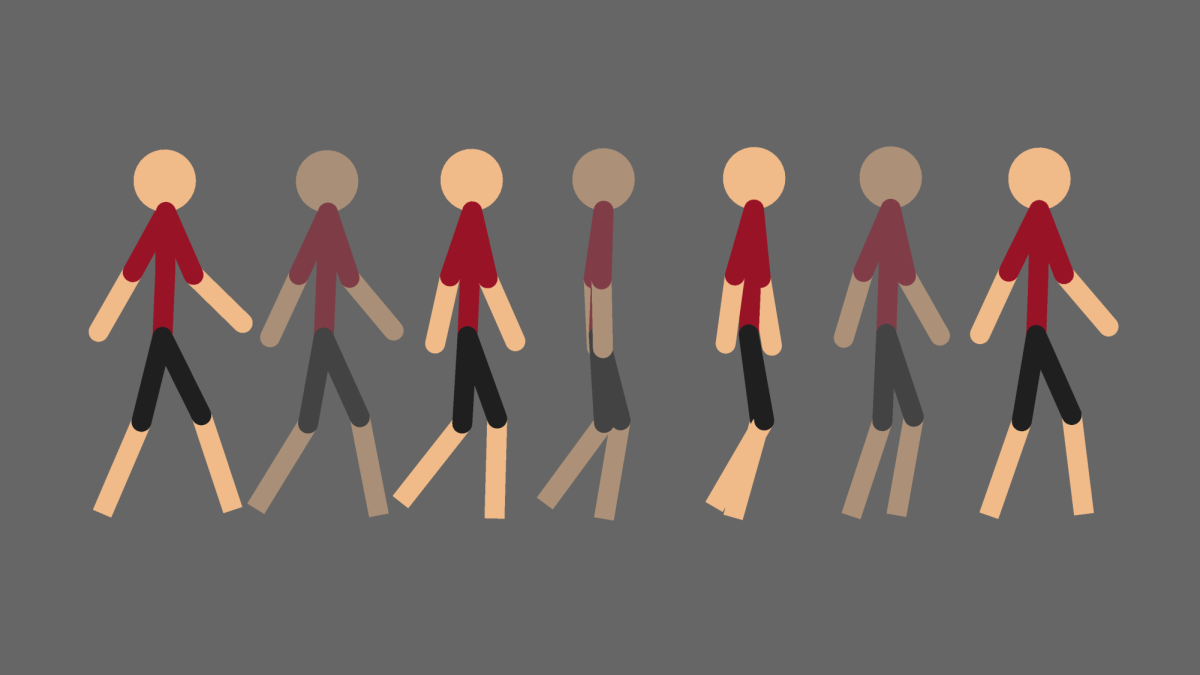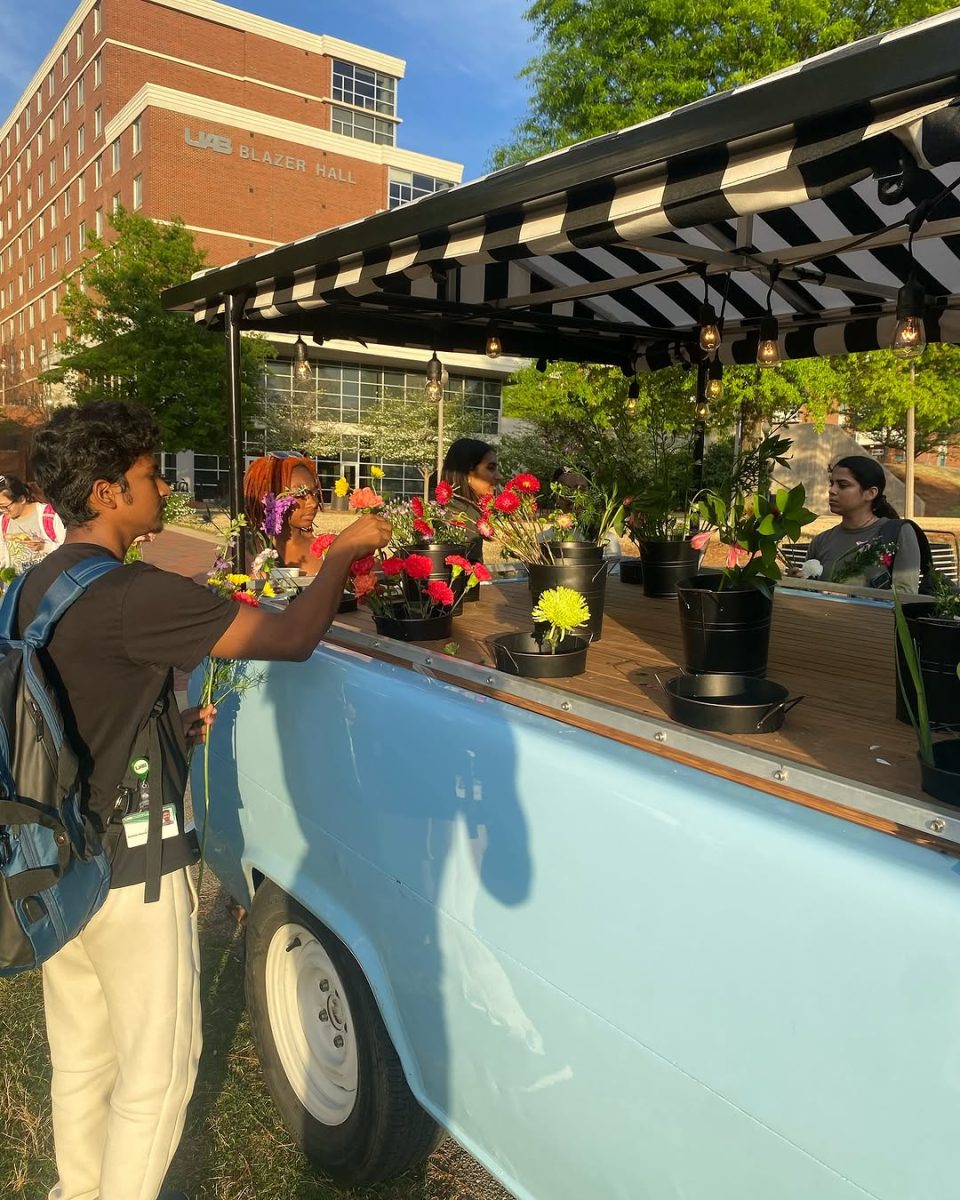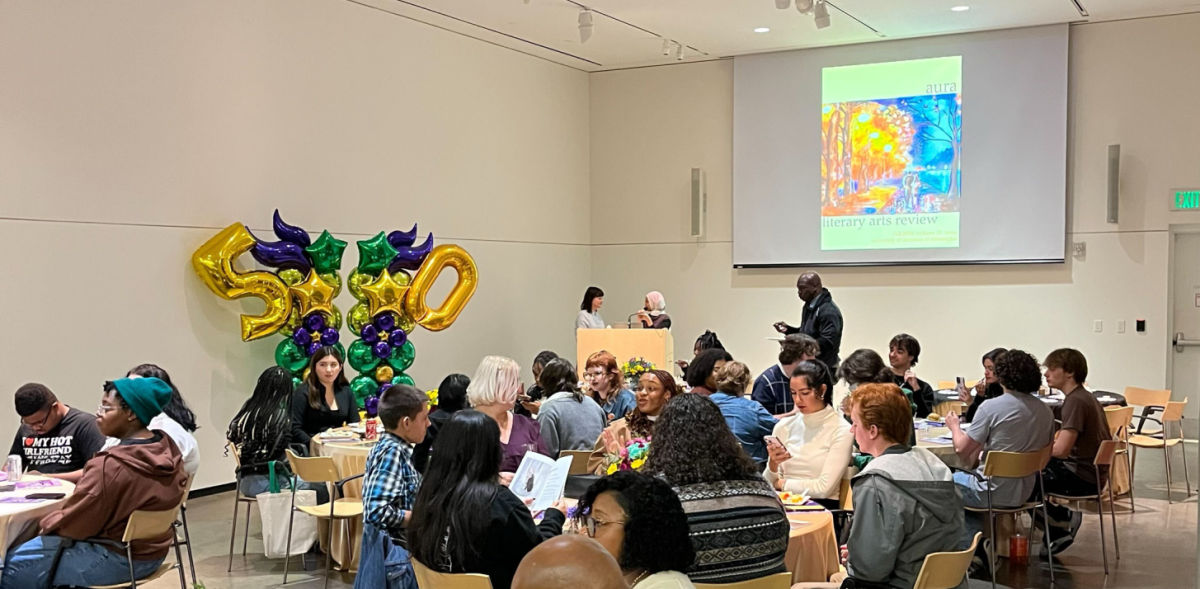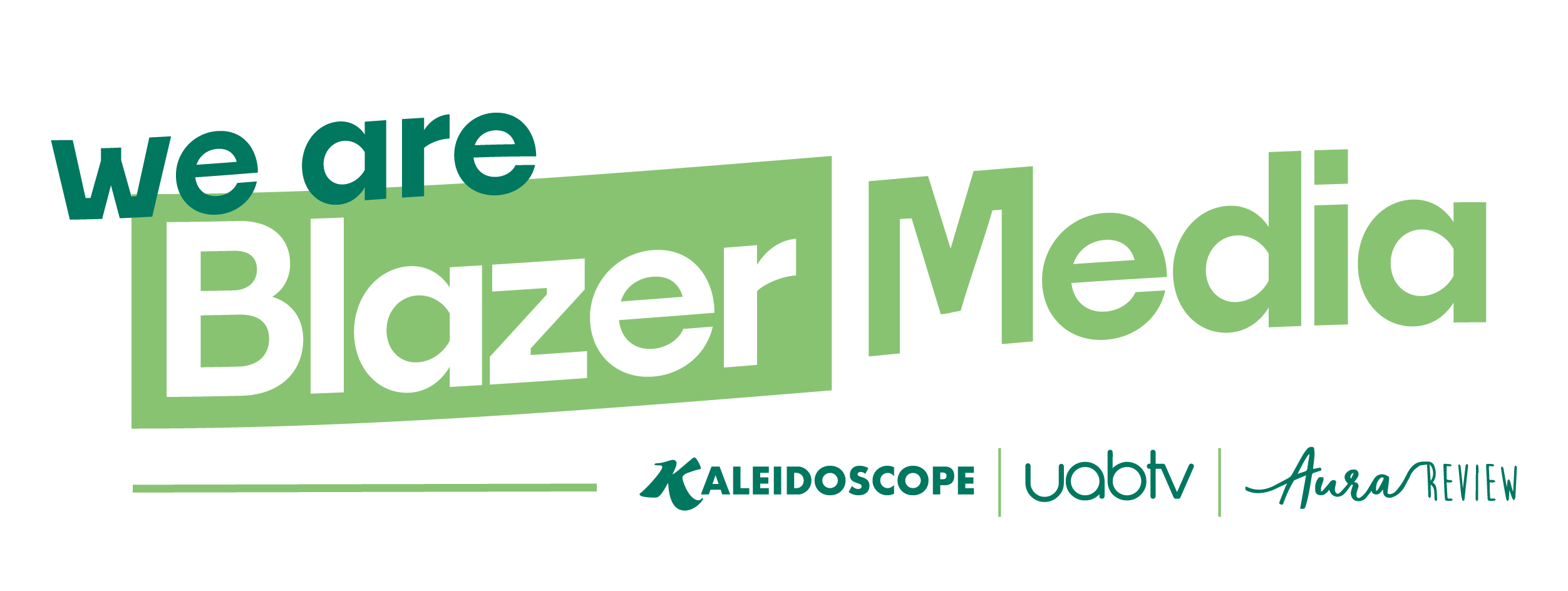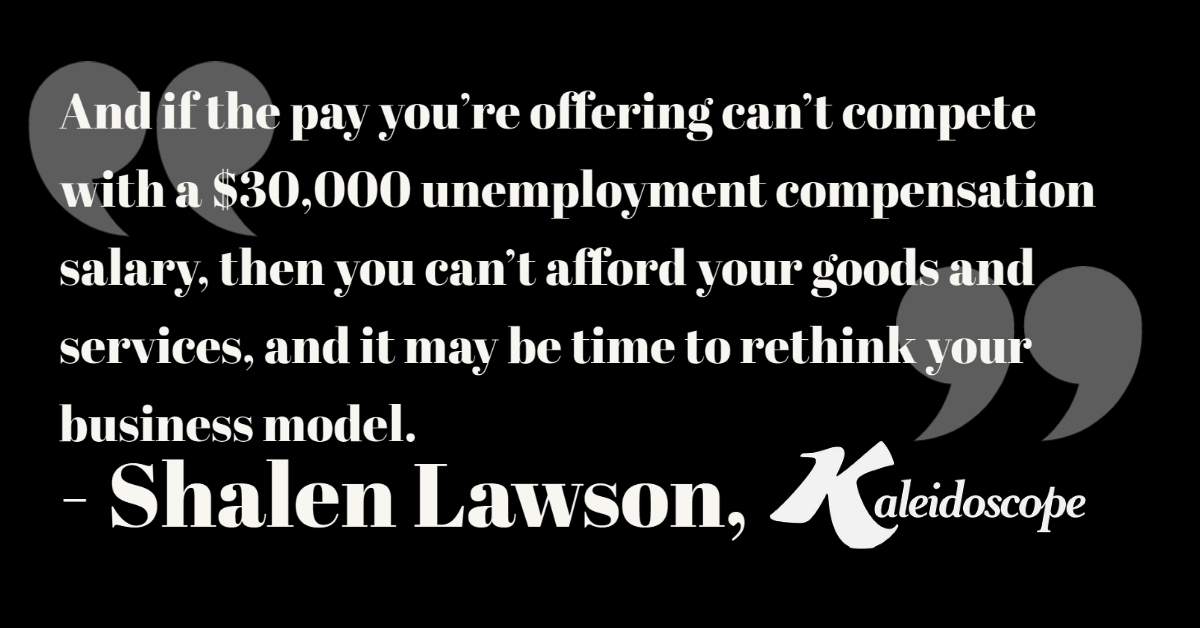Any savvy business owner knows that when goods and services are in short supply, the prices tend to increase. That includes the cost of labor.
And for employers griping about the pandemic-induced lack of employees, it’s high time to pay up.
As businesses reopen at full capacity amid previously declining rates of COVID-19 infections, 46% of small business owners are still struggling to find staff as of June, according to the National Federation of Independent Business. On June 19, Alabama stopped receiving the federally funded COVID-19 relief that provided additional weekly $300 unemployment compensation payments after Governor Kay Ivey opted out of the program.
In a May press release, Ivey said the increased federal aid was to blame for businesses having difficulty filling jobs.
“Among other factors, increased unemployment assistance, which was meant to be a short-term relief program during emergency related shutdowns, is now contributing to a labor shortage that is compromising the continuation of our economic recovery,” Ivey said.
It’s easy to retweet viral photos of crude text on copy paper taped to closed storefront windows — “Nobody wants to work anymore” — without considering why people are hesitant to return to the workforce mid-pandemic (especially in a state where only 35% of people are vaccinated and the minimum wage is a whopping $7.25/hr).
It’s apparent the governor, legislators and various small business owners featured on local news outlets are implying that mooching off federal aid is the real problem here rather than some cocktail of COVID anxiety and parents staying home with their kids while schools remain closed for the summer.
After all, Alabama’s maximum weekly pandemic unemployment assistance, plus an additional $300, comes out to be around $29,900 a year. Talk about luxurious.
But realistically, very few Alabamians were even given that extra pocket change.
In May of 2021, before Ivey opted out of the federal assistance, the state’s unemployment rate was 3.4%, according to the Alabama Department of Labor. That was down from 7.9% from the same time the year before, and significantly lower than the pandemic high of 13.2% in April of 2020.
Clearly, it didn’t take stripping people of aid to convince them to go back to work. So, perhaps it’s time to shift the narrative away from using the working class as a scapegoat for the labor shortage and come to terms with the fact that this crisis isn’t as black and white as people just being lazy.
And while the lack of workers clearly poses a problem for employers, Patrick Murphy, UAB Professor in the Collat School of Business, told ABC 33/40 that there may be solutions.
“I think companies are going to have to be more creative in terms of the opportunities they offer to the workforce,” Murphy said. “That doesn’t just mean you have to pay more. It means you can be more flexible with the scheduling. You can offer certain benefits, certain options, perhaps working from home.”
But, when trying to entice more employees in the least vaccinated state in the nation to return to your maskless office space where it is illegal to require “vaccine passports” even in light of the ever-encroaching Delta variant, nothing quite talks the way money does.
As undesirable as it may be for those of you who have to pay them, wages are rising in Alabama.
And if the pay you’re offering can’t compete with a $30,000 unemployment compensation salary, then you can’t afford your goods and services, and it may be time to rethink your business model.
